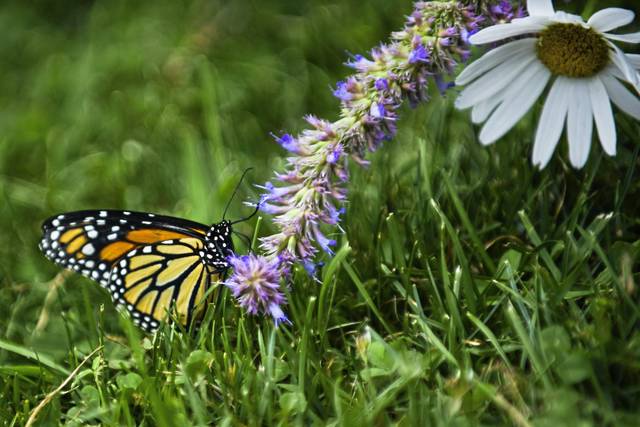Spring is here: 5 facts about the equinox
Saturday is the first day of spring — also known as the vernal equinox.
Here are five questions answered to help you understand the science of the season.
What’s an equinox?
For two moments every year the sun passes directly above the equator — once in March and once in September.
These mark the start of spring and fall, respectively.
This year’s spring equinox will happen at exactly 5:37 a.m. Eastern time.
What does “vernal” mean?
“Vernal” means related to spring. The September equinox is also known as the autumnal equinox.
What’s the difference between an equinox and a solstice?
Equinoxes happen when the sun’s path in the sky is directly over the equator.
Solstices are the opposite, happening when the sun is the farthest from the equator.
The summer solstice in June occurs when the sun is closest to the North Pole, the winter solstice when it is closest to the South Pole.
How does the equinox effect the length of the day?
While the winter and summer solstices mark the shortest and longest days of the year, the equinoxes fall exactly in the middle. There will be an almost equal amount of daylight and darkness Saturday.
The sun is set to rise in the Pittsburgh area at 7:22 a.m. and set at 7:32 p.m.
What other effects does the equinox have?
Everyone knows the sun rises in the east and sets in the west — sort of. While the sun always rises in a generally eastward direction and sets towards the west, its exact path varies throughout the year.
Only on the equinoxes, when its path follows the equator, does it rise due east and set due west.
Remove the ads from your TribLIVE reading experience but still support the journalists who create the content with TribLIVE Ad-Free.

